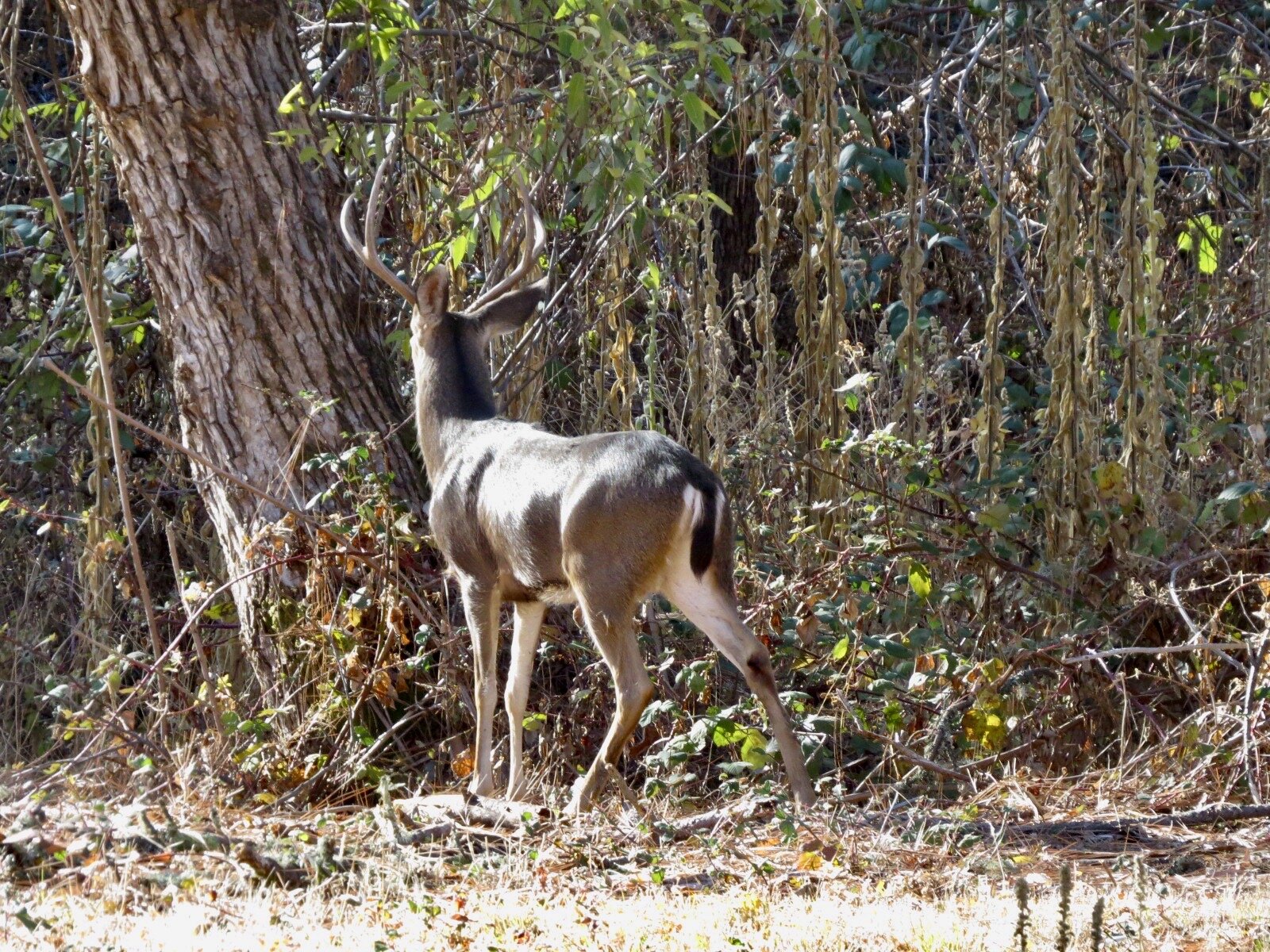Home
I was raised on 12 acres of Wopumnes-Nisenan-Mewuk land in the Sierra Nevada Foothills in Northern California in a house built by my parents. The foothills are where the oaks of the grasslands meet the pines of the forested mountains. My parents built our house in a meadow surrounded by oaks, pines, willows, cottonwoods, blackberry thickets and a creek. Together, we observe the seasonal changes in creek flow, deer coat color, quail size, turkey behavior, leaf cover, and blackberry tartness. Neither of my parents were raised rurally yet the land has been in my bones since I was born.
The land called “Tawonga”
For two years, I lived at Camp Tawonga on Mewuk land from April-October tending to the garden. I spent many days alone in the garden, on the edge of willow grove, in between meadows in the middle of 160 acres . In the afternoon, I’d swim in the Tuolumne River or hike up to a view of the hills. Every day as I moved resources around the garden (i.e. compost, weeds, mulch) and ordered resources to be imported from off-site (i.e. turkey manure, plastic drip irrigation tubing) I wondered about my choices. When I looked up to the black oak tree in the West turning sunlight into leaves, and by the fall acorns, I wondered if there might be other ways to relate to food in that ecosystem.
Where did I get my ideas of how to grow food and did they actually make sense here? Are there other ways, Indigenous ways, of relating to food, fiber and medicine? How can an I support the return of land to Indigenous people?
Huichin
I have made my home in Huichin (aka S.F. East Bay) since 2017. Huichin is the ancestral and on-going home of the Lisjan, Ohlone people. As a new guest in these lands I am building relationships slowly through introducing myself, my people and my intentions and listening for questions and requests.


